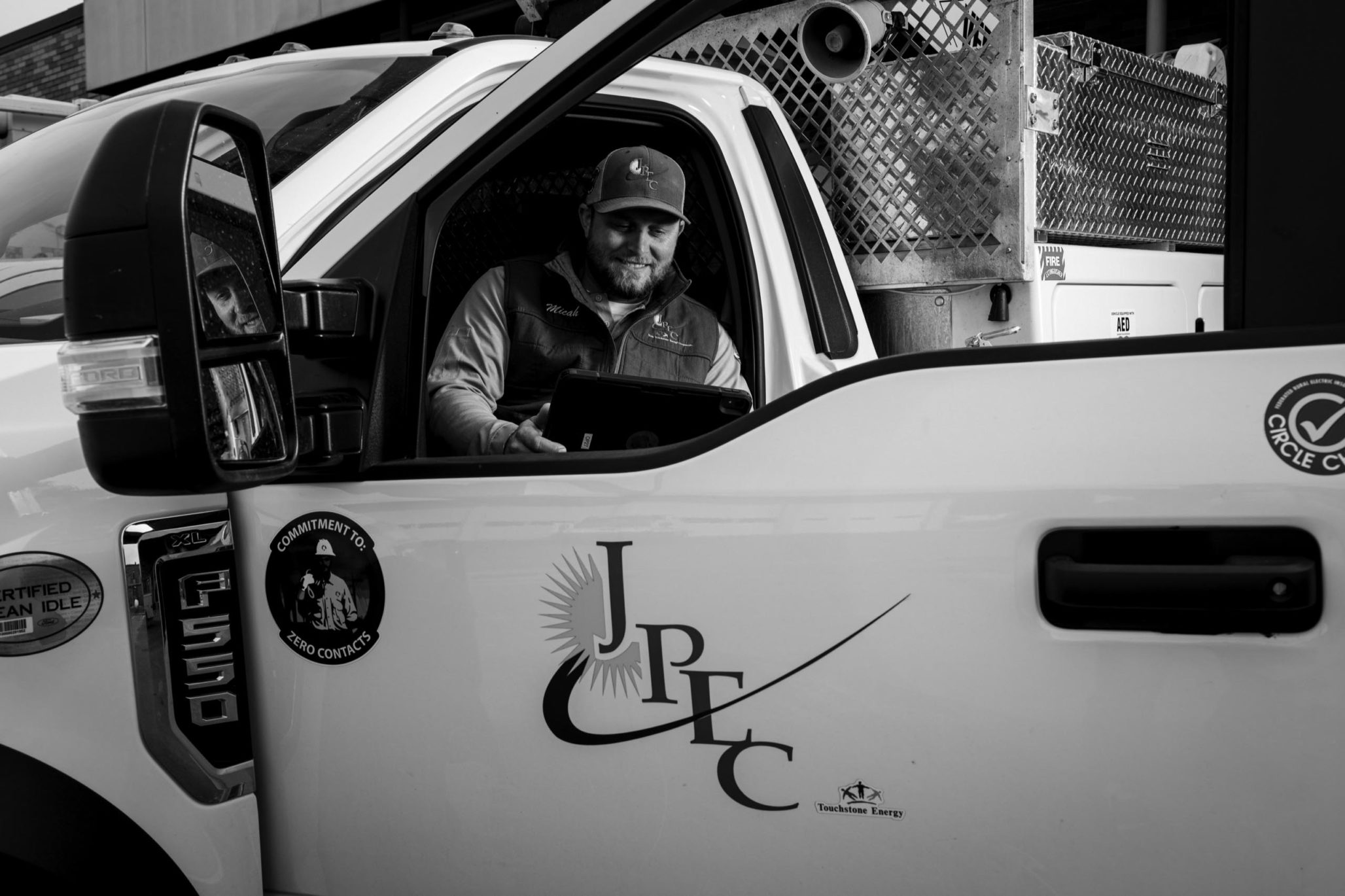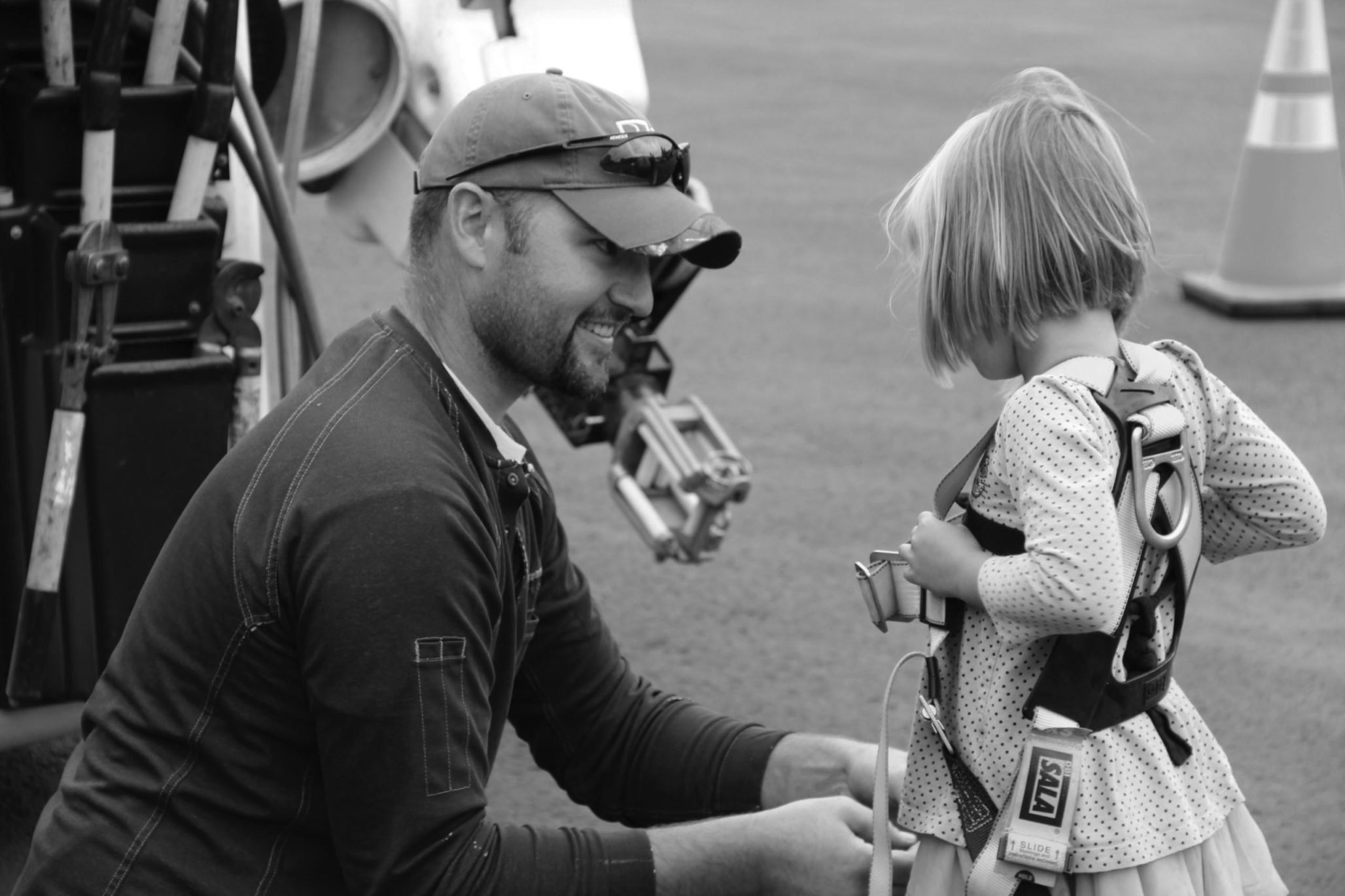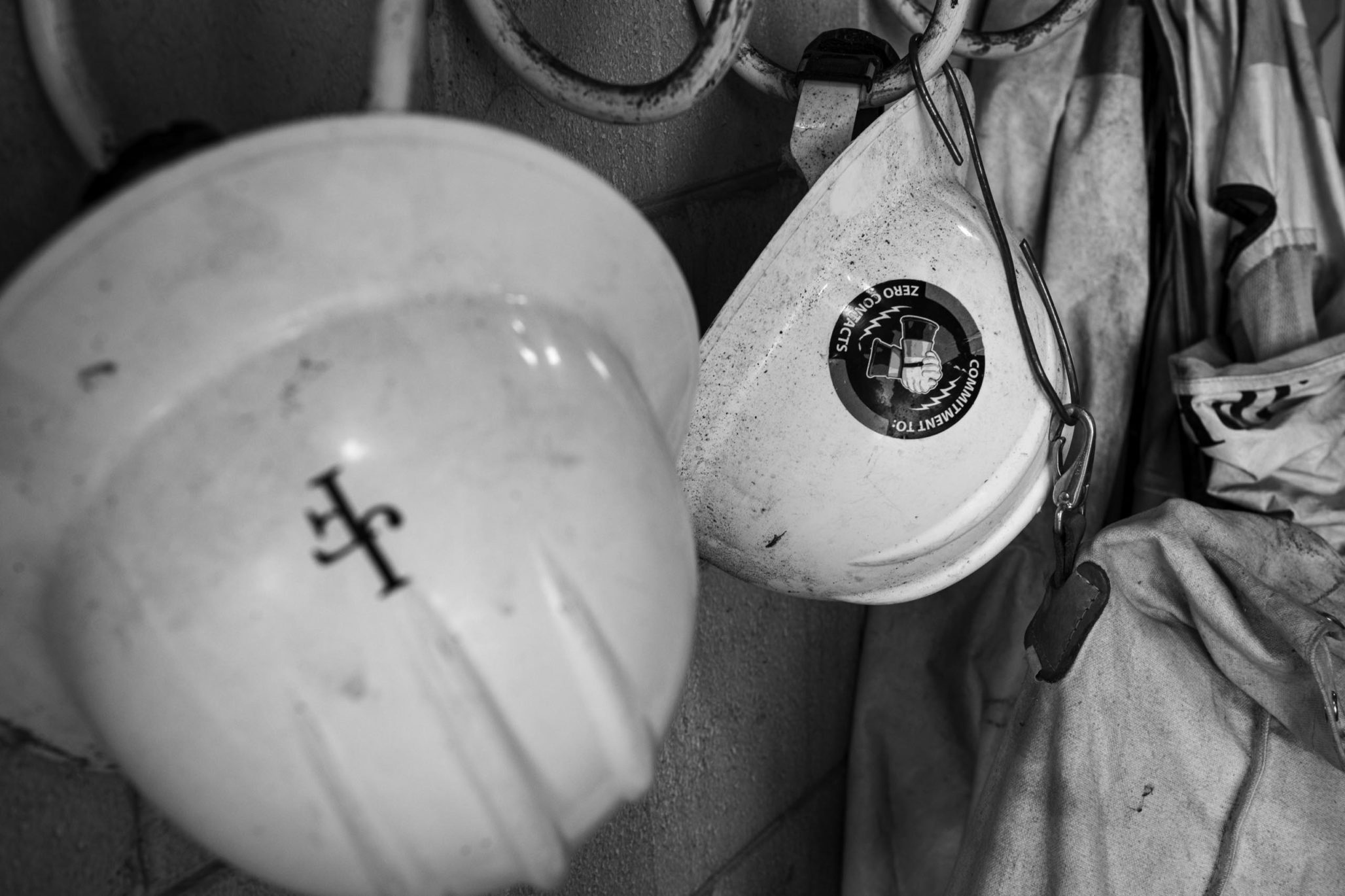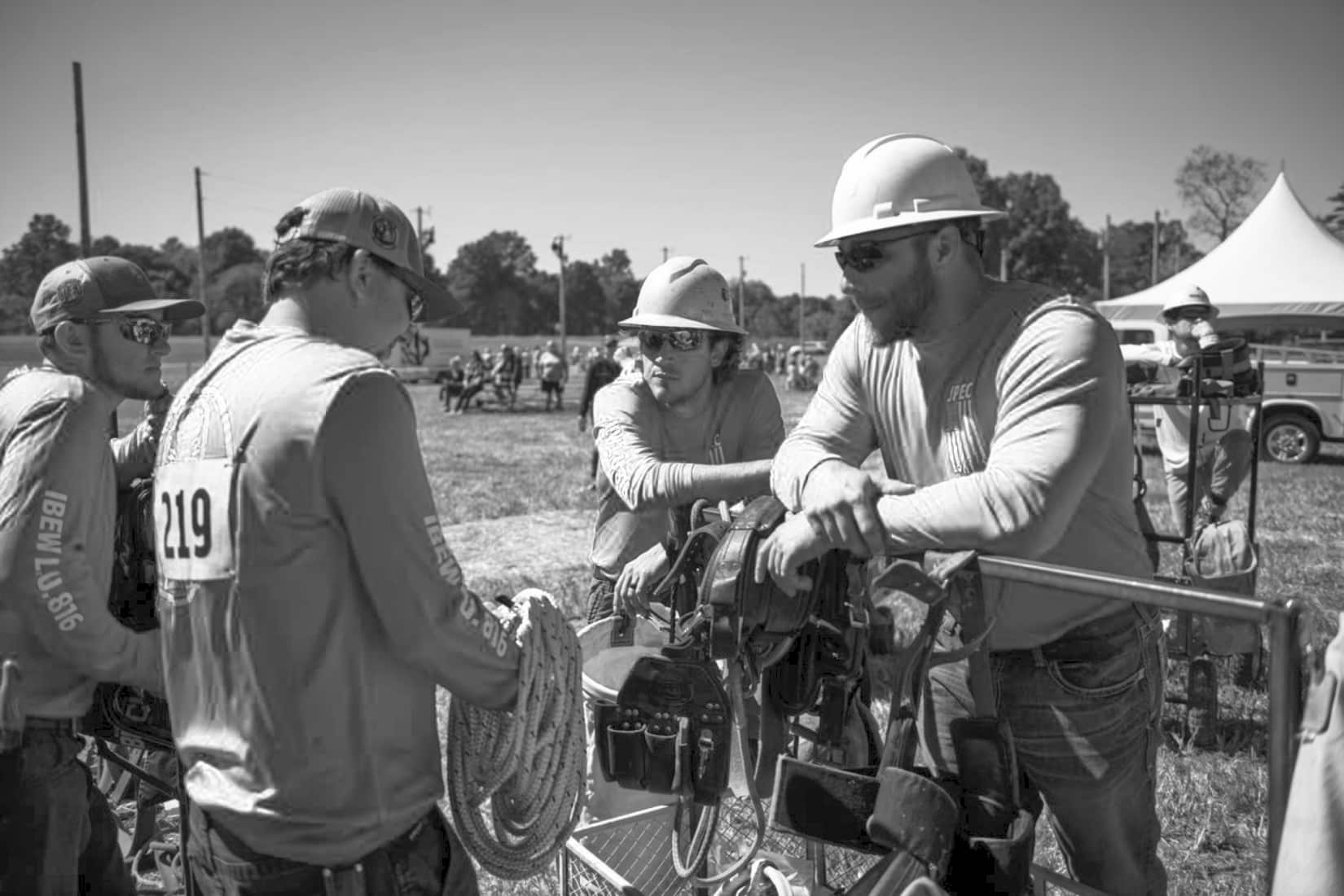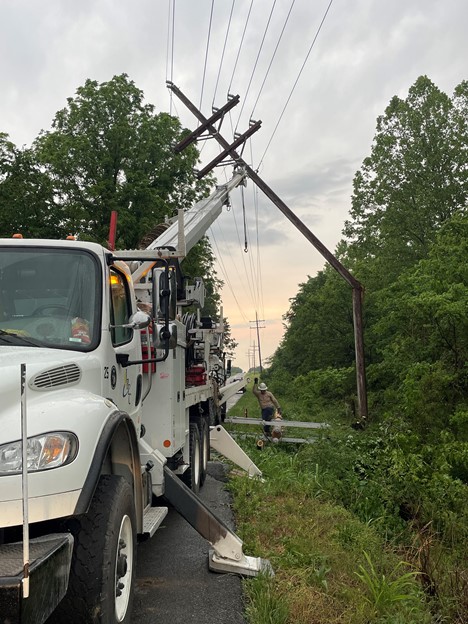Before a Storm
- Assemble an emergency kit with flashlights, battery-powered communication devices, and the food, water, and medical needs of your family to survive prolonged power outages.
- Stay tuned to severe storm information from the National Weather Service, and be aware that lightning presents a danger 10 miles ahead of a storm front.
After a Storm
- Storm debris can hide dangers, such as downed or sagging power lines. Use caution in any cleanup effort. Any downed wires should be considered energized and potentially dangerous. Stay away, warn others to stay away, and call the utility.
- If power lines come down on or around your vehicle, call for help and remain in the vehicle. Do not attempt to get out until a utility lineman can assure you the power has been turned off.
- Do not use electric yard tools to clean up after a storm if it is raining or the ground is wet.
- Never step into a flooded basement if water could be covering electrical outlets or appliances that are plugged in.
- Do not attempt to shut power off at the breaker box if you must stand in water to do so. Stay out of flooded rooms and basements until you are assured the power has been cut off.
- Electric motors can be damaged when wet and should not be used after a storm until checked by a professional. Have damaged appliances repaired or replaced.
- Only use generators outdoors. Connect lights and appliances to the generator using extension cords. Do not connect directly to the home circuitry unless there is a transfer safety switch to isolate the power. Without that safety feature, electricity could “back feed” into the utility system, creating danger for anyone near lines, particularly utility crews working to restore power.
Be Prepared for Ice Storms and Winter Power Outages
Assembling supplies before a storm arrives is one of the keys to weathering a winter storm emergency. Make sure your supply kit includes:
- Flashlights with fresh batteries.
- Matches for lighting gas stoves or clean burning heaters.
- Wood for a properly ventilated fireplace.
- First aid kit, prescription medicines, and baby supplies.
- Food that can be kept in coolers and a manual can opener.
- A non-cordless telephone and/or fully charged cellular phone.
- Bottled drinking water.
- Battery-powered emergency lights and radio.
Maintaining warmth is a priority during a winter storm. Loss of body heat or hypothermia can be life threatening.
- Stay inside and dress warmly in layered clothing.
- Close off unneeded rooms.
- When using an alternate heat source, follow operating instructions, use fire safeguards, and be sure to properly ventilate.
- Cover windows at night.
- Keep a close eye on the temperature in your home. Infants and people over the age of 65 are more susceptible to the cold. You may want to stay with friends or relatives or go to a shelter if you cannot keep your home warm.
- If travel is necessary, be especially cautious driving, and keep an emergency kit in your vehicle. Its supplies should include a windshield scraper, a first aid kit, a cell phone charging adaptor, booster cables, a blanket, and a flashlight with extra batteries.
- Never drive over a downed line because that could pull down the pole and other equipment, causing additional hazards. If you see a downed line, do not get out of your car. The safest place is inside the vehicle. Contact the utility immediately.
